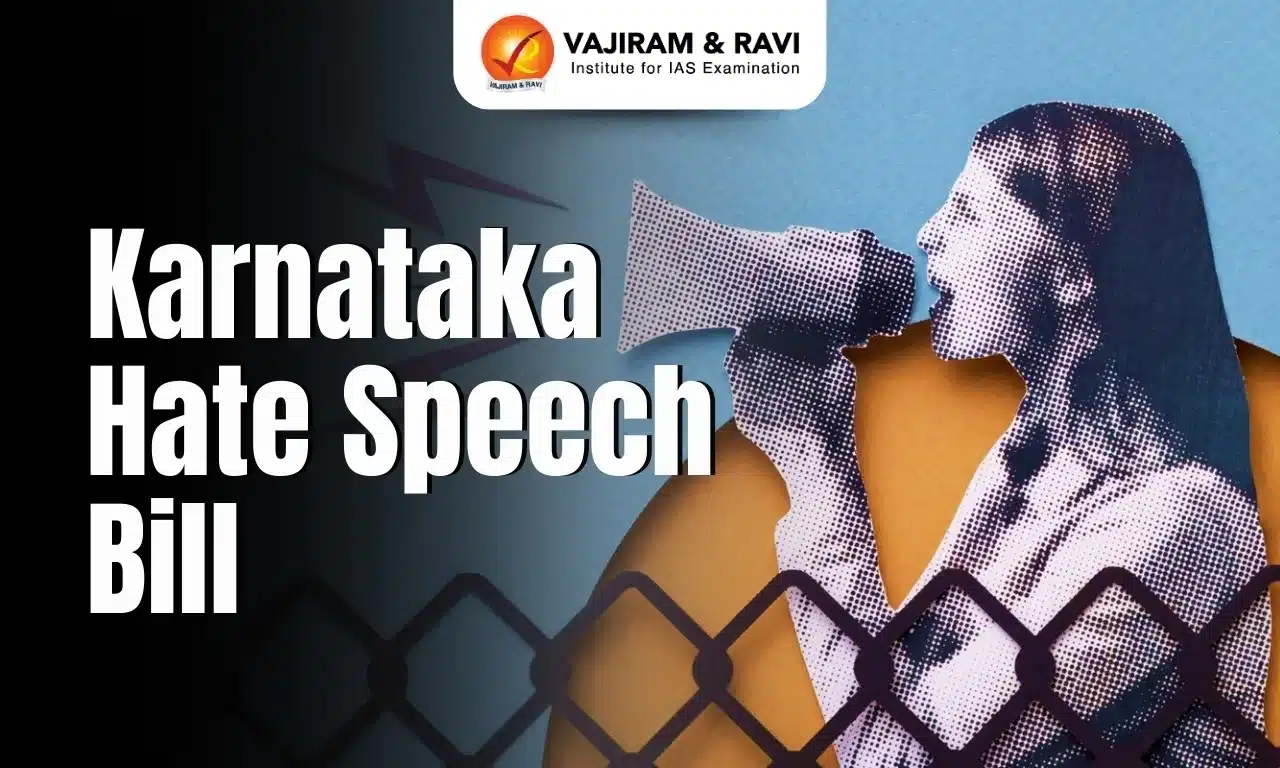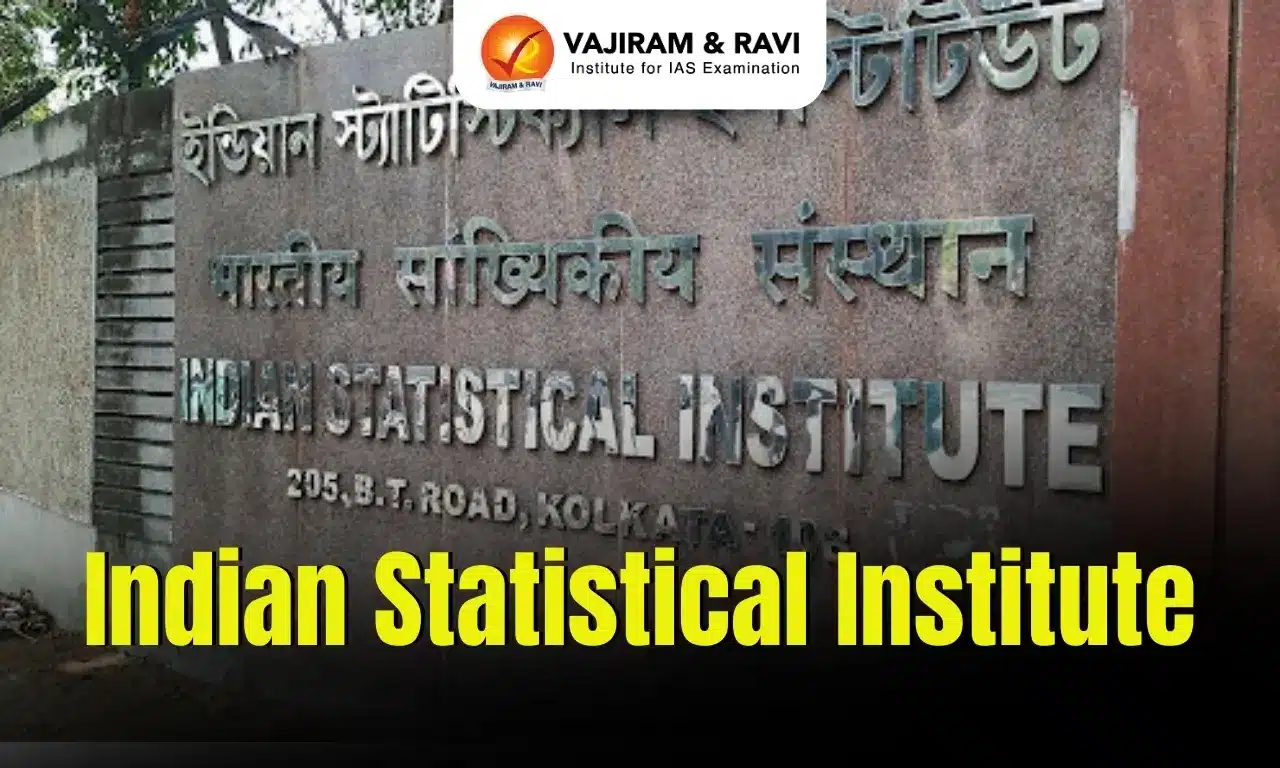What’s in today’s article?
- Why in News?
- What is Prevention of Money Laundering Act (PMLA), 2002?
- What is Section 45 of the PMLA?
- What are the legal challenges to twin test?
- Current position
Why in News?
A day after a trial court granted bail to Delhi Chief Minister Arvind Kejriwal, who is in jail for money laundering charges, the Delhi High Court put a hold on that decision.
The HC Bench heard an urgent request from the Enforcement Directorate to stop the bail and will make a decision next week. The Enforcement Directorate argued that the trial court did not follow the ‘twin test’ required for granting bail under the Prevention of Money Laundering Act (PMLA).
What is Prevention of Money Laundering Act (PMLA), 2002?
- The Prevention of Money Laundering Act (PMLA), 2002 was enacted in January, 2003.
- The Act seeks to combat money laundering in India and has three main objectives –
- To prevent and control money laundering
- To confiscate and seize the property obtained from the laundered money; and
- To deal with any other issue connected with money laundering in India.
- The Act was amended by the Prevention of Money Laundering (Amendment) Act, 2009 and by the Prevention of Money Laundering (Amendment) Act, 2012.
- Most recently, the PMLA was amended through the –
- Finance Act, 2015 (2015 Amendment)
- Finance Act, 2018 (2018 Amendment)
- Finance Act, 2019 (2019 Amendment)
What is Section 45 of the PMLA?
- About
- Section 45 of the Prevention of Money Laundering Act (PMLA) speaks about the conditions set for bail.
- It states that no accused person shall be granted bail unless:
- the Public Prosecutor has been given an opportunity to oppose the application for such release; and
- where the Public Prosecutor opposes the application, the Court is satisfied that:
- there are reasonable grounds for believing that he is not guilty of such offence and
- that he is not likely to commit any offence while on bail.
- Stringent norms – twin conditions of bail
- The twin conditions of bail under Section 45 of the PMLA pose stringent thresholds for an accused.
- For one, the person has to prove in court that he or she is prima facie innocent of the offence.
- Secondly, the accused should be able to convince the judge he would not commit any offence while on bail.
- The burden of proof is entirely on the incarcerated accused, who would be often handicapped to fight the might of the state.
- The twin conditions make it almost impossible for an accused to get bail under the PMLA.
- Analysis
- Bail as an exception
- Section 45 of the PMLA first states that no court can grant bail except in a few exceptions.
- The negative language in the provision itself shows that bail is not the rule but the exception under PMLA.
- Mandatory to hear the public prosecutor in all bail applications
- The provision makes it mandatory to hear the public prosecutor in all bail applications, and when the prosecutor opposes bail, the court is required to apply a twin test.
- Similar provisions in other statutes
- There are similar provisions in several other laws that deal with serious offences:
- Section 36AC of The Drugs and Cosmetics Act, 1940,
- Section 37 of The Narcotic Drugs and Psychotropic Substances Act, 1985, and
- Section 43D(5) of the Unlawful Activities (Prevention) Act, 1967.
- There are similar provisions in several other laws that deal with serious offences:
- Bail as an exception
What are the legal challenges to twin test?
- 2017 Ruling: Nikesh Tarachand Shah v Union of India
- The first challenge to the constitutional validity of the twin test under PMLA came in the 2017 case Nikesh Tarachand Shah v Union of India.
- A two-judge Bench struck down the twin bail provision as unconstitutional, citing it failed the test of ‘reasonable classification’.
- Reintroduction of Provisions: Finance Act, 2018
- Despite the ruling, Parliament reintroduced the twin test provisions through the Finance Act, 2018.
- This led to another round of legal challenges in various High Courts, ultimately culminating in a batch of petitions before the Supreme Court.
- 2022 Ruling: Vijay Madanlal Choudhary v Union of India
- In 2022, the Supreme Court heard the batch of petitions as Vijay Madanlal Choudhary v Union of India.
- Petitioners argued that the reasoning in Nikesh Tarachand Shah was still valid, even if Parliament reinstated the law.
- However, a three-judge Bench rejected the previous ruling. The Bench disagreed with the observations in Nikesh Tarachand Shah.
- It emphasized the perception of Parliament regarding the seriousness of money-laundering and its threats to national sovereignty and integrity.
- Legal Experts’ Critique
- Legal experts have criticized the logic of treating money laundering on par with stringent anti-terror and narcotics laws.
- They noted that the maximum sentence for money laundering is only seven years, or ten years if it involves narcotics.
- Government’s Argument
- The government argued that those involved in money laundering are influential, intelligent, and resourceful.
- The crime is premeditated, making it difficult for investigation agencies to detect and trace evidence.
- The government defended the strict bail conditions, stating that the offence involves advanced technology to conceal transactions.
Current Position
- Key Challenge to 2018 Amendment on Bail remains
- One major challenge to the amendment on bail in the Vijay Madanlal Choudhary ruling involves whether these amendments can be passed through the Money Bill route.
- A larger Bench of the SC is set to review if laws like the Aadhaar Act and service conditions for Tribunal members can be passed this way, though the Bench is yet to be constituted.
- Current Validity and Application of the Ruling
- Although the Supreme Court has agreed to review its ruling in the Vijay Madanlal Choudhary case, the decision remains valid as no stay has been issued.
- The ruling mandates that the twin test must be strictly applied by all courts, including special and constitutional courts, for both regular and anticipatory bail.
- Alternative Bail Provision
- Despite this, an accused can still be eligible for bail under Section 436A of the Code of Criminal Procedure (CrPC).
- This provision allows for the release of those who have served half of their maximum sentence.
- For instance, in money laundering cases with a seven-year sentence, an accused can seek bail after three-and-a-half years, regardless of the twin test.
Q.1. What is Unlawful Activities (Prevention) Act, 1967?
The Unlawful Activities (Prevention) Act, 1967 (UAPA) is a law in India aimed at preventing unlawful activities and associations. The Act covers a wide range of activities deemed unlawful, including terrorism, secessionist activities, and activities that threaten the sovereignty and integrity of India.
Q.2. What is Code of Criminal Procedure (CrPC)?
The Code of Criminal Procedure (CrPC) is a comprehensive statute in India that outlines the procedures for the administration of criminal law. Enacted in 1973 and coming into force on April 1, 1974, the CrPC lays down the framework for the investigation of crimes, the apprehension of suspects, the collection of evidence, the conduct of trials, the determination of guilt or innocence, and the sentencing of offenders.
Source: Bail in money laundering cases, and the ‘twin test’ under PMLA | Live Mint | Indian Kanoon
Last updated on November, 2025
→ Check out the latest UPSC Syllabus 2026 here.
→ Join Vajiram & Ravi’s Interview Guidance Programme for expert help to crack your final UPSC stage.
→ UPSC Mains Result 2025 is now out.
→ UPSC Notification 2026 is scheduled to be released on January 14, 2026.
→ UPSC Calendar 2026 is released on 15th May, 2025.
→ The UPSC Vacancy 2025 were released 1129, out of which 979 were for UPSC CSE and remaining 150 are for UPSC IFoS.
→ UPSC Prelims 2026 will be conducted on 24th May, 2026 & UPSC Mains 2026 will be conducted on 21st August 2026.
→ The UPSC Selection Process is of 3 stages-Prelims, Mains and Interview.
→ UPSC Result 2024 is released with latest UPSC Marksheet 2024. Check Now!
→ UPSC Prelims Result 2025 is out now for the CSE held on 25 May 2025.
→ UPSC Toppers List 2024 is released now. Shakti Dubey is UPSC AIR 1 2024 Topper.
→ UPSC Prelims Question Paper 2025 and Unofficial Prelims Answer Key 2025 are available now.
→ UPSC Mains Question Paper 2025 is out for Essay, GS 1, 2, 3 & GS 4.
→ UPSC Mains Indian Language Question Paper 2025 is now out.
→ UPSC Mains Optional Question Paper 2025 is now out.
→ Also check Best IAS Coaching in Delhi
















